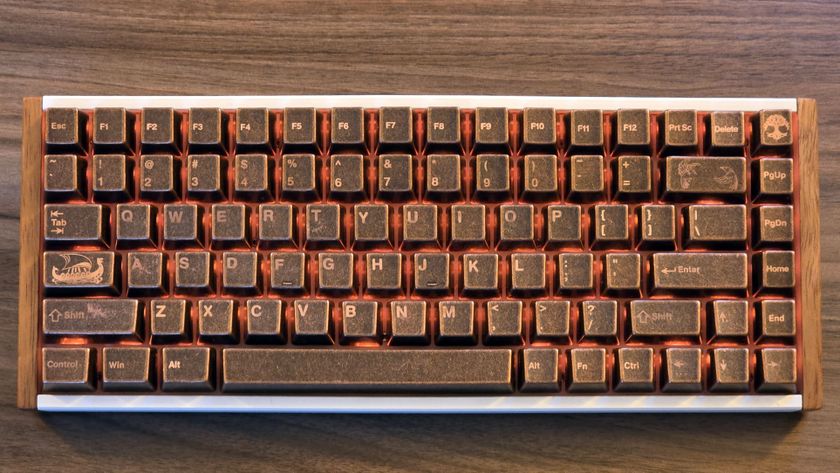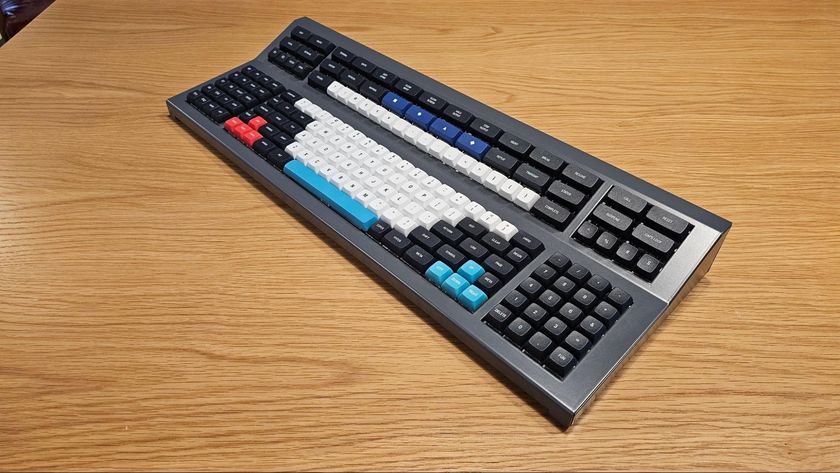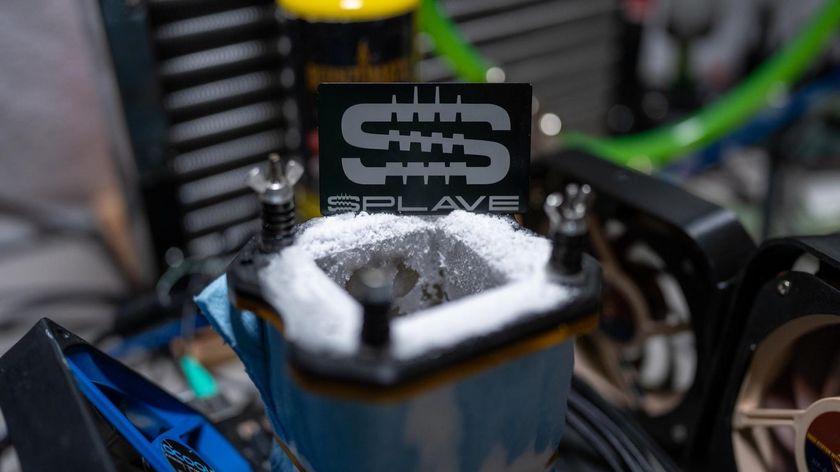AMD's Smart Strike: Athlon X2 BE-2350
The Challenger: Intel Pentium Dual Core E2160

The Pentium Dual Core technically has nothing to do with the Pentium 4 or its Pentium D dual core sibling, as it is a stripped down low-cost version of the Core 2 Duo. While Core 2 Duo customers are used to getting 2 MB or 4 MB L2 cache, the Pentium Dual Core has only 1 MB. However, it is still the same efficient, unified L2 cache that we know from the Core 2 Duo. From this standpoint, the Pentium Dual Core also is a state-of-the-art 65 nm processor, and due to its small cache and low clock speed, it should be very efficient as well.
The E2140 is a 1.6 GHz version while the E2160 runs at 1.8 GHz. Both models run at a FSB800 system clock speed, which equals 200 MHz base speed. We purchased a retail kit of the E2160, which comes with a cooler in a nice, blue box. Due to the close relationship between the Pentium Dual Core and the Core 2 Duo, you won't even need a BIOS update to run it on a current Socket 775 motherboard. Pay attention to older motherboards, though - if they don't support the Core 2 Duo, they most likely cannot run a Pentium Dual Core either.
As expected, the test system with the Pentium Dual Core E2160 was efficient, but it could not reach the low energy requirements of the Athlon X2 BE-2350. At the same time, the Pentium came slightly ahead in many of our benchmark runs, and it is more overclockable as well. While the Athlon X2 BE-2350 failed to reach 2.6 GHz reliably, our retail Pentium Dual Core E2160 managed to go as fast as 2.88 GHz reliably. This is particularly impressive as it comes from a default clock speed of 1.8 GHz, while the Athlon X2 runs at 2.1 GHz.



Stay On the Cutting Edge: Get the Tom's Hardware Newsletter
Get Tom's Hardware's best news and in-depth reviews, straight to your inbox.
Current page: The Challenger: Intel Pentium Dual Core E2160
Prev Page The 45 W CPU: Athlon X2 BE-2350 Next Page Overclocking: Intel Beats AMD











